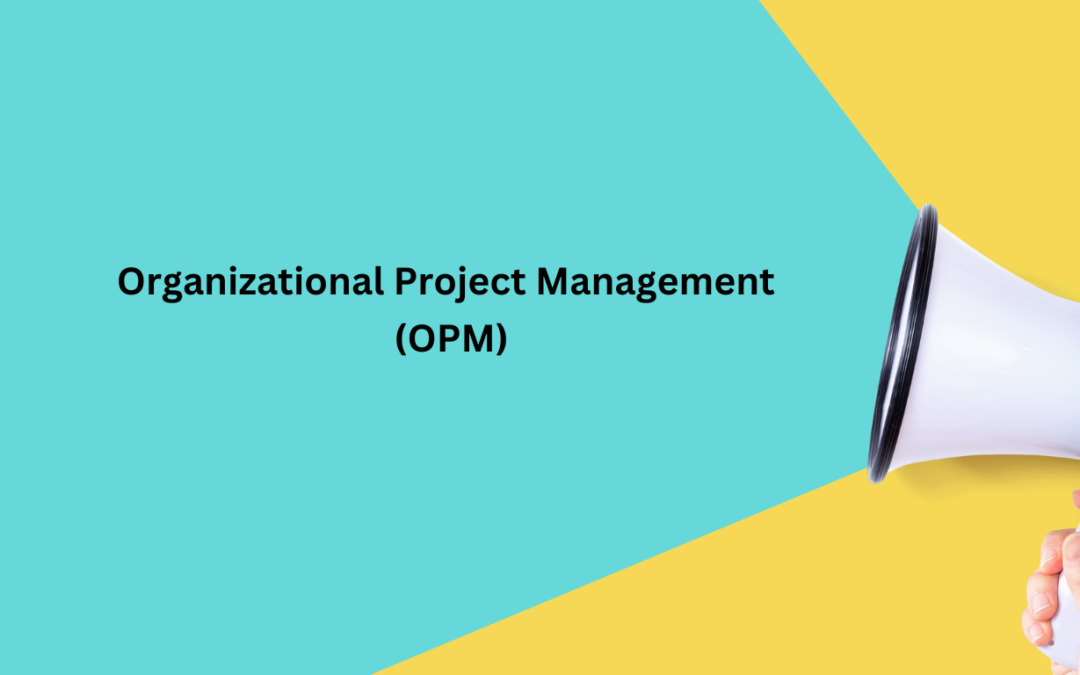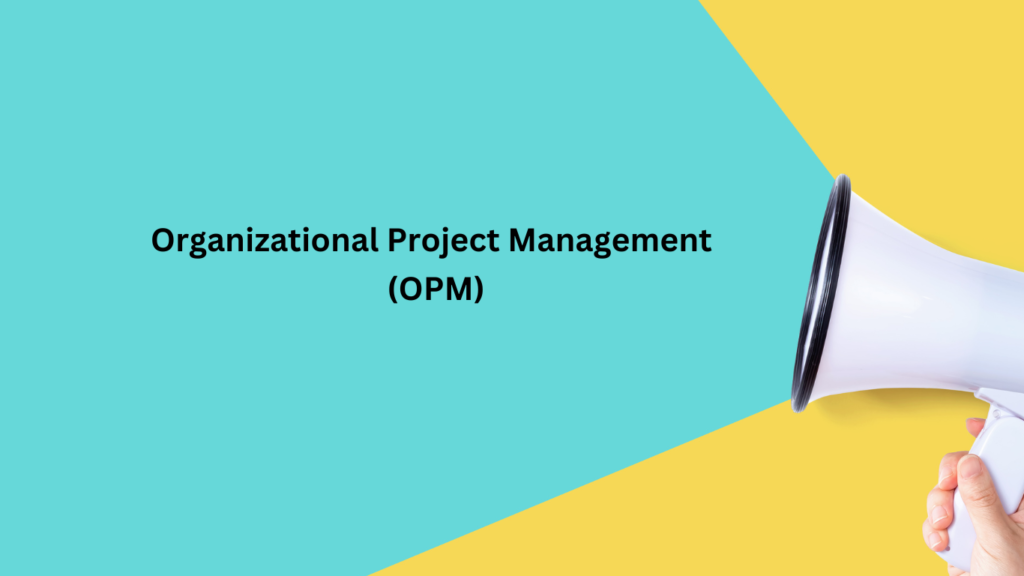The foundation for transformation, the organizational project management system
We have been publishing articles and posting podcast episodes on transforming project management. Today’s topic is the Role of OPM (organizational Project Management) as an essential foundation for transformation.
When we made the case for transformation, we stressed the need for two aspects, Organizational Project Management and a Value Delivery Methodological process. Today, we cover the OPM and next week we will address the methodological process.
Introduction to Organizational Project Management (OPM)
In the first part, we discuss how important the first step regarding understanding project management is. This “Organizational Project Management (OPM)” aspect can be very advantageous. We shared an insight into diverse opinions on the importance of project management in some organizations.
One of the most fundamental aspects of an OPM system is its reliance on three core pillars: The Processes, The People, and The Technology. These components work in tandem to create a resilient framework that ensures the efficient execution of projects.
Organizational Project Management (OPM) Pillars:
Processes
The processes pillar underscores the importance of standardized yet adaptable procedures. These guidelines help to maintain consistency across projects and prevent disarray. However, avoiding rigidity in these processes is crucial, as it can lead to project managers bypassing or ignoring them. Instead, a culture of continuous improvement should be fostered, where processes are regularly evaluated and refined.
People
The people pillar emphasizes the competence of individuals involved in project management. This includes not just knowledge but also the ability to apply this knowledge consistently to achieve results.
Technology
The technology pillar signifies the role of digital tools in facilitating project management. Role of AI in the coming age of technology, we discussed both ends. To ensure that we are enhancing the use of technology, we do need to align it with the people and processes.
Conclusion
In conclusion, we introduced the OPM (Organizational Project Management) and OPM systems along with the idea of pillars that can enhance the level of success of an organization. The success can be predictable with better processes, higher competence, and better use of technology. Furthermore, a sustainable OPM system can lead an organization to project management excellence. Therefore, not only does it enhance the execution of individual projects, but it also drives overall organizational transformation.
By investing in a robust OPM system, organizations can unlock their potential and gain a competitive edge in the business arena.
You can access more content about project management by clicking on www.urukpm.com.
We wish you success today, tomorrow, and always!


